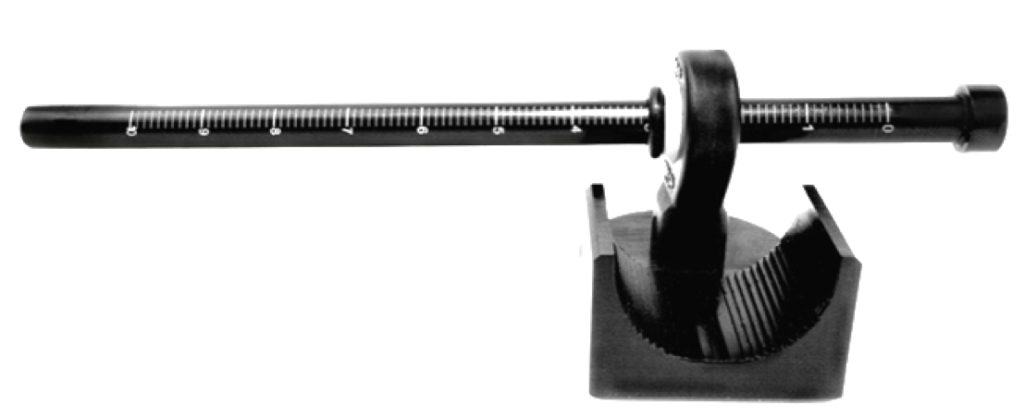Laxometer

One of Dr. Parsa Mohebi’s initial innovations in hair restoration surgery was the Laxometer. Dr. Mohebi invented the Laxometer as a solution to prevent complications of strip hair transplants. Traditionally surgeons used to measure the laxity of scalp manually and by grabbing the scalp with the palm of both hands and trying to move scalp up and down. The easier the scalp could be moved up and down the more laxity it had. This method was very convenient and did not require any device. However, the results could vary from doctor to doctor and they were not reproducible.
Dr. Mohebi invented the first generation of the Laxometer during his hair restoration surgery fellowship in 2007. He then completed his invention by modifying it to the next generation (the Laxometer II), which has researched and presented in medical conference and it has received accolades from the worldwide consortium of hair restoration specialists for being the first universal standard measurement device that evaluates scalp laxity.
A 3-Part Device
The Laxometer has three major components:
- The mobile part
- The tracing ring
- The measuring rod.
How Does it Work?
After placing the course surface of the mobile part of the Laxometer, it is moved up and down. Free movement of the mobile part of the Laxometer represent the mobility and laxity of the scalp in the studied areas. The scalp mobility is measured by moving the tracing ring up or down over the measuring rod to its highest and lowest position. The final position of the tracing ring records the maximum mobility of scalp which represent the safe distance necessary for optimal donor closure after removal of a strip.
The handheld device accurately measures scalp laxity to insure safe and appropriate donor removal. It comes on the heels of another innovative method by Dr. Mohebi called “Sequential Strip Removal”, which was originally presented to the medical community in 2009. This surgical technique has significantly improved the safety of hair transplant procedures especially for transplants that require a large number of grafts or Gigasession hair transplants.
Our Continuing Goal to Improve our Techniques
Dr. Mohebi’s goal with the Laxometer was to continue to improve donor follicle removal techniques – One of the key elements for hair restoration. The “Laxometer II” is a significant step forward in making hair restoration a safer and more efficient procedure. The Laxometer has been successful in replacing the older manual methods physician used to use in past to assess scalp mobility. The Laxometer is now employed as the standard measurement that hair restoration surgeons must rely on for accurate measurements.